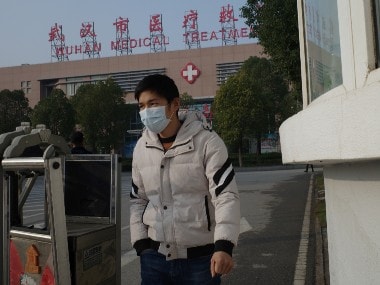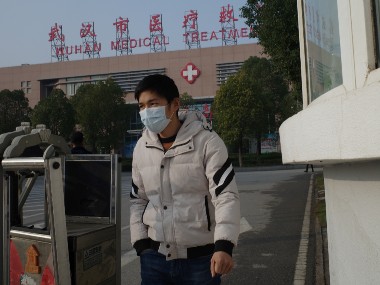In public health circles, there is near-unanimous agreement that there are more cases of COVID-19 than have been declared. In fact, a German study conducted last week suggests that only 6% of global cases have been reported. Much of this has been attributed to poor diagnostic coverage; few countries, like Germany and South Korea, have adopted widespread testing. However, many European countries, and now Turkey as well, have raised concerns that the test kits are giving an unacceptable number of false negatives. Spain, for example, has said that as many as 60,000 test kits were defective. [caption id=“attachment_7909521” align=“alignleft” width=“380”]
 Representational image. Image source: Getty Images.[/caption] A false negative implies that a test erroneously judges a sample negative when the virus is actually present in the body. According to a report from China, up to 30% of test kits may produce false negatives. For containment strategies that aim to isolate the infected, these findings are highly concerning. While this does not imply that countries should stop pushing for further testing, it does urge more caution and underlines the importance of maintaining physical distancing to quell transmission.
Representational image. Image source: Getty Images.[/caption] A false negative implies that a test erroneously judges a sample negative when the virus is actually present in the body. According to a report from China, up to 30% of test kits may produce false negatives. For containment strategies that aim to isolate the infected, these findings are highly concerning. While this does not imply that countries should stop pushing for further testing, it does urge more caution and underlines the importance of maintaining physical distancing to quell transmission.
Why are there false negatives?
The most common form of testing is currently RT-PCR tests. These are generally highly specific tests, meaning that a positive result is almost certainly correct. They are also valuable since they will detect even a low amount of virus. Why the false negatives then? There are some practical factors for this - the test may have been conducted before the person was infected, or there could be issues in sample collection. To collect a sample for COVID-19 screening, a healthcare worker needs to take a long swab and rotate it in the nasopharynx area, the part where the back of the nose meets the top of the throat. This can be tricky sometimes and sample collection can be inadequate. Further, everything to do with COVID-19 is still very new, and there are far more unknowns than solid knowledge. This means that the design of the test to lower errors is still a work in progress, so, unfortunately, there will be mistakes at this stage. While errors are a part of the deal with any kind of diagnostic endeavour, the consequences here are especially severe given the highly infectious nature of the disease.
What does one do amidst these uncertainties?
Mayo Clinic recommends acknowledging the shortcomings in diagnostics currently and to use this knowledge to further spread the agenda of evidence-based practices. This includes diligently following government protocols on social distancing, hand washing, and disinfecting. It also makes sense to assume that you have the virus if you have symptoms such as a high fever and a dry cough, to err on the side of caution. Since those who are sick are required to report it and stay in isolation, this defensive approach will have a meaningful impact on our fight against the pandemic. Read our Tips on how to protect yourself against COVID-19 infection for more detailed information. Health articles in Firstpost are written by myUpchar.com, India’s first and biggest resource for verified medical information. At myUpchar, researchers and journalists work with doctors to bring you information on all things health.
)